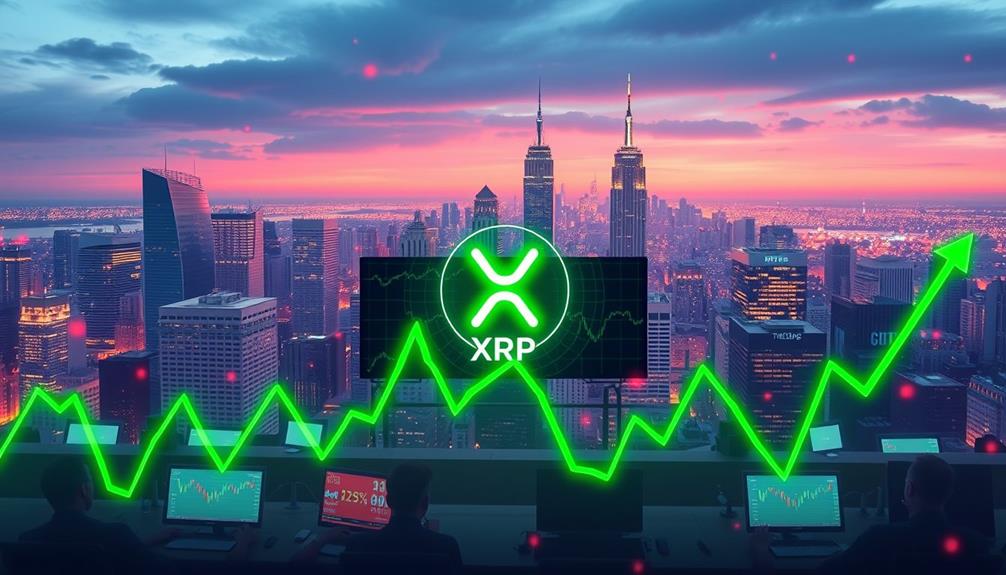Ripple's recent activities on Capitol Hill highlight a crucial turning point for the crypto industry. As Congress moves toward stablecoin legislation, the demand for clear regulatory frameworks is becoming more pronounced. This shift could significantly affect how crypto entities operate, influencing everything from investor confidence to market stability. What does this mean for the future of cryptocurrencies and for Ripple's positioning in this landscape? The implications are worth considering.

As the crypto landscape evolves, you might be wondering why there's an increasing demand for regulatory clarity in the industry. This growing need stems from the quest for clear frameworks that can guide participants, making it easier for everyone involved—investors, issuers, and innovators.
With the U.S. Congress gearing up to pass stablecoin legislation, you're likely to see a significant boost in investor confidence. This legislation aims to provide guidelines for issuers, creating a more secure environment for investment.
Meanwhile, the European Union is taking its own steps with the MiCA regulations, which impose stricter rules for stablecoin issuers. These regulations are set to impact their access to the European market, highlighting how different regions are approaching crypto regulation.
The SEC's establishment of a Crypto Task Force shows that the U.S. isn't lagging behind. This task force focuses on creating a regulatory framework that not only protects investors but also encourages innovation, striking a balance that's crucial for the industry's future.
With this regulatory clarity, institutional investment is on the rise. You can see that institutional players are increasingly viewing Bitcoin as a cornerstone asset, especially during times of economic uncertainty, which has been supported by projected institutional inflows into Bitcoin ETPs exceeding $250 billion.
Macro-economic forces are pushing investors to seek safe-haven assets like Bitcoin, and this trend is only expected to grow. Technological advancements also play a role, as innovations in blockchain and distributed ledger technology enhance the appeal of crypto assets for institutional investors.
However, it's essential to recognize the challenges posed by regulatory clarity. While it can unlock institutional capital and legitimize crypto assets, it can also create hurdles for non-compliant players.
The crypto market is notorious for its volatility, which can both entice and deter investors. But despite these ups and downs, the growth potential remains significant, fueled by increasing adoption and the promise of clearer regulations.
Lastly, while investor sentiment is currently optimistic—thanks to recent price surges and institutional interest—the market's future will hinge on how effectively these regulations are implemented.
You'll want to keep an eye on these developments, as they could signal major transformations in how cryptocurrencies are perceived and utilized across various sectors. As regulatory frameworks take shape, the landscape will undoubtedly shift, impacting everyone from retail investors to institutional giants.

















